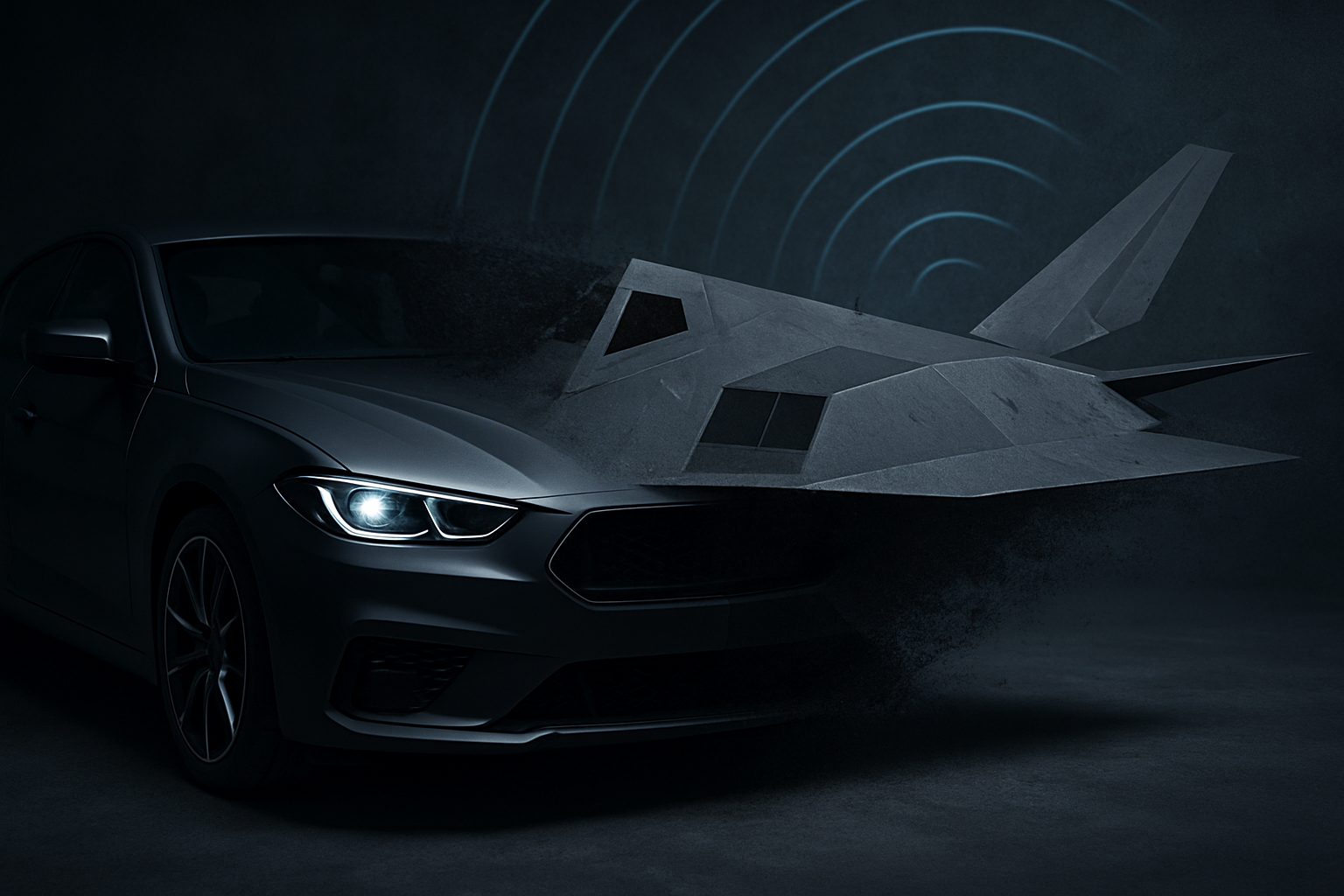Decoding the Mystery: Automotive Stealth Technology
The world of automotive engineering is constantly evolving, pushing the boundaries of what's possible on four wheels. Among the cutting-edge developments, one field stands out for its secretive nature and groundbreaking potential: automotive stealth technology. This fascinating intersection of military-grade innovation and civilian automotive design is reshaping how we think about vehicle visibility, safety, and performance.

The Birth of Automotive Stealth
Stealth technology in the automotive world traces its roots back to military applications. For decades, armed forces have sought ways to make vehicles less detectable to enemy radar and thermal imaging systems. This pursuit led to the development of radar-absorbing materials, specialized coatings, and unique vehicle shapes designed to minimize radar cross-sections.
As these technologies matured, forward-thinking automotive engineers began exploring ways to adapt them for civilian use. The potential applications were vast, ranging from enhanced safety features to revolutionary design possibilities. Early experiments focused on reducing a vehicle’s radar signature, primarily to improve collision avoidance systems and adaptive cruise control.
The Science Behind Invisibility
At the heart of automotive stealth technology lies a complex interplay of physics, materials science, and advanced engineering. One of the primary methods employed is the use of metamaterials - artificially engineered materials with properties not found in nature. These materials can bend electromagnetic waves around an object, effectively rendering it invisible to certain types of sensors.
Another approach involves active camouflage systems. These utilize an array of cameras and displays to project the surrounding environment onto the vehicle’s surface, creating a chameleon-like effect. While still in its infancy, this technology has shown promising results in controlled environments.
Applications Beyond Concealment
While the idea of an invisible car might capture the imagination, the practical applications of automotive stealth technology extend far beyond mere concealment. One of the most promising areas is in the realm of safety. By reducing a vehicle’s radar signature, engineers can create more effective collision avoidance systems, as these systems rely on radar to detect nearby objects.
Moreover, stealth technology can significantly improve aerodynamics. By manipulating how air flows around a vehicle, engineers can reduce drag, increase fuel efficiency, and enhance overall performance. This has led to the development of “smart skins” - adaptive exterior surfaces that can change shape in response to driving conditions.
Challenges and Ethical Considerations
As with any emerging technology, automotive stealth presents its share of challenges and ethical dilemmas. From a technical standpoint, integrating these complex systems into mass-produced vehicles while maintaining affordability remains a significant hurdle. There are also concerns about the durability and long-term reliability of some of the more advanced stealth technologies.
On the ethical front, questions arise about the potential misuse of this technology. Could invisible cars become a tool for criminal activities? How would law enforcement adapt to a world where vehicles can effectively disappear? These are just some of the questions that policymakers and industry leaders must grapple with as the technology advances.
The Road Ahead
Despite the challenges, the future of automotive stealth technology looks bright. Researchers are continually pushing the boundaries of what’s possible, exploring new materials and techniques to enhance vehicle stealth capabilities. One particularly exciting area of development is in the realm of quantum stealth - a technology that promises true invisibility across a wide range of the electromagnetic spectrum.
As these technologies mature, we can expect to see them gradually integrated into mainstream vehicles. Initially, they may appear as high-end features in luxury cars, much like how adaptive cruise control and lane-keeping assist systems were introduced. Over time, as production costs decrease and public acceptance grows, stealth features could become standard across a wide range of vehicles.
Reimagining the Future of Driving
Automotive stealth technology represents more than just a cool feature for car enthusiasts; it’s a paradigm shift in how we think about vehicle design and functionality. By blurring the lines between visibility and invisibility, this technology opens up new possibilities for safety, efficiency, and even artistic expression in automotive design.
As we look to the future, it’s clear that the cars of tomorrow will be vastly different from those we drive today. They may not be completely invisible, but they will certainly push the boundaries of what we thought possible on the road. From enhanced safety features to mind-bending designs, automotive stealth technology is set to play a crucial role in shaping the future of transportation.
In conclusion, while we may not be driving invisible cars anytime soon, the advancements in automotive stealth technology are undeniably exciting. As this field continues to evolve, it promises to bring about changes that will make our vehicles safer, more efficient, and perhaps a little more magical. The road ahead is full of possibilities, and the invisible revolution in automotive technology is just beginning.





